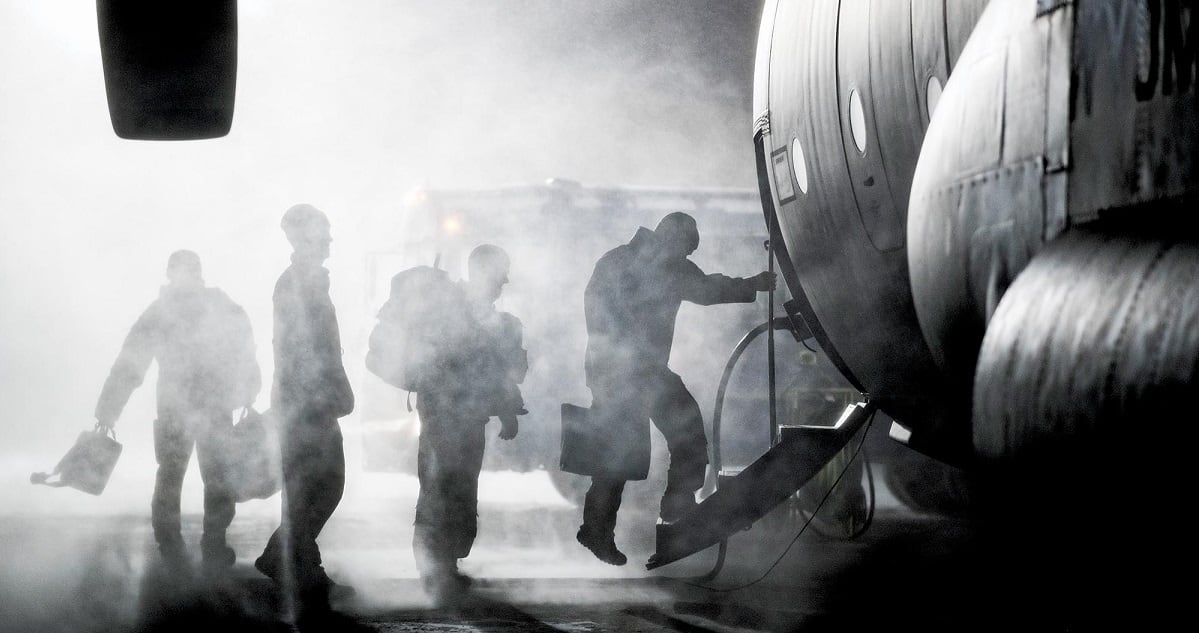A year after renewing its focus on the alarming rate of crashes and other aviation accidents, the Air Force saw a fleetwide decline in the most serious manned aircraft mishaps in fiscal 2019. But the number of serious mishaps increased for fighter and attack aircraft.
The overall number and rate of Class A, B and C mishaps in manned aircraft declined last year, as did the number of fatalities and destroyed aircraft. There were 667 total mishaps in those three categories last year — the least since fiscal 2013, and a 13 percent decline from the recent high in 2017.
But Class A through C mishaps sharply increased between fiscal 2018 and FY 2019 for F-15 Eagles/Strike Eagles, F-16 Fighting Falcons, F-22 Raptors, F-35 Lightning IIs and A-10 Thunderbolt IIs, according to statistics provided by the Safety Center.
In a Feb. 21 interview, Maj. Gen. John Rauch, the Air Force’s chief of safety and commander of the Safety Center, said the overall decline in the most serious mishaps — particularly the steep drop in fatalities — from fiscal 2018 to fiscal 2019 is a good thing.
But there’s no simple reason why major mishaps declined, he said.
The Air Force still has a lot of work to do, he said, and will keep working to try to stop mishaps before they happen.
“When the numbers go down the next year, you’re not going to necessarily take a victory lap,” Rauch said. “If they return more towards normal, or even a little below normal, you’re gonna say, ‘We need to continue doing those proactive things.’ It’s not like one year is going to wash that away.”
OVERALL MISHAP RATES IN THE AIR FORCE IN FISCAL 2019
Renewed attention was focused on the problem of aviation mishaps in 2018, after a Military Times investigation found rising numbers of accidents and deaths across the military since the beginning of the sequestration budget cuts, which forced the military services to try to do more with less.
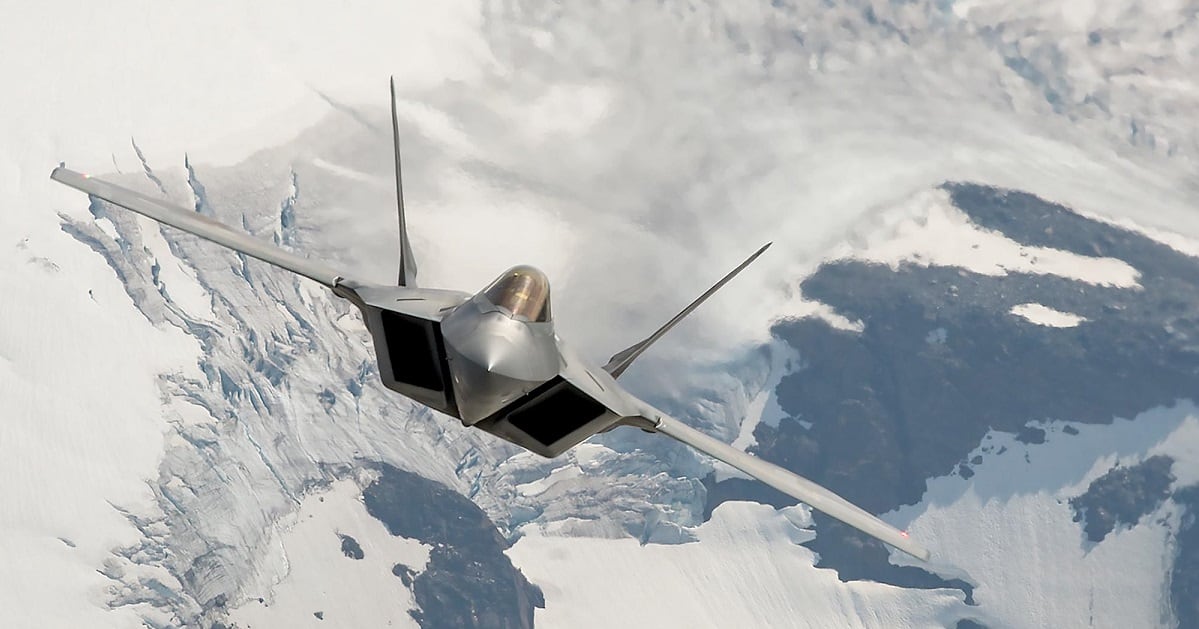
In the Air Force, the overall mishap rate hit a seven-year high in fiscal 2017, fueled by a growing number of non-fatal Class C mishaps, which cost between $50,000 and $500,000 or led to injuries serious enough to result in lost work days. Air Force mishaps overall rose about 17 percent between 2013, the first year of sequestration, and 2017.
Lawmakers demanded action. In the Air Force, Chief of Staff Gen. Dave Goldfein in May 2018 ordered an operational safety review, which included one-day stand downs for all flying and maintenance wings. That review zeroed in on several potential risks to aviation safety, including a high operations tempo, a lack of available aircraft, inexperienced maintainers and a culture that pushes airmen to always execute the mission.
RELATED
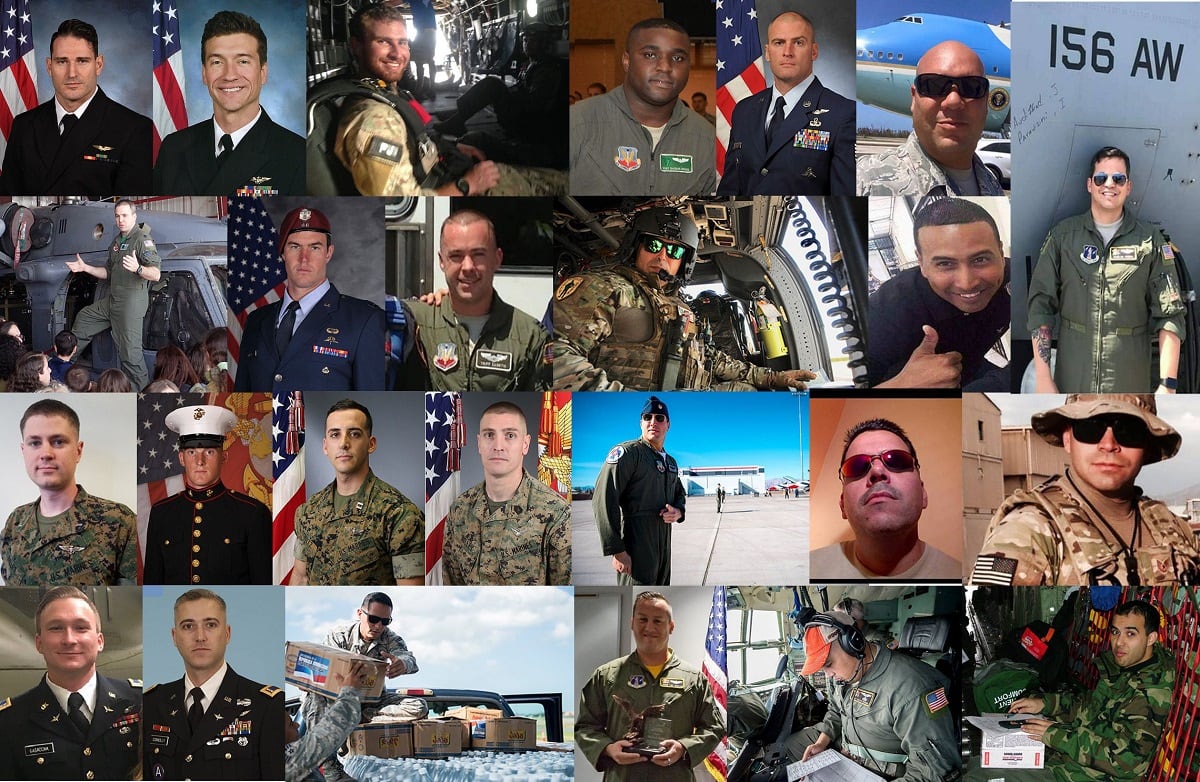
In 2018, the overall number of mishaps in the Air Force declined, but the number of Class A mishaps grew. Class A’s, the most serious, are defined as mishaps resulting in the destruction of an aircraft, the death or permanent total disability of a crew member, or damage totaling more than $2 million.
Most shockingly, the number of aviation-related deaths in 2018 jumped to 19, the highest number in years. This increase was largely due to the devastating crashes of an HH-60 Pave Hawk in Anbar province, Iraq, which killed seven airmen, and the crash in Georgia of a WC-130, which killed nine Puerto Rico Air National Guardsmen. There were also 12 destroyed aircraft in 2018.
An alarmed Air Force — from service leadership down to individual crew members — increasingly began to focus that year on looking for ways to operate more safely, as well as taking preventive action to head off mishaps before they happen.
Rauch said the Air Force also redoubled its efforts to talk to and work with other services to find out how they were handling their mishap problems.
“To see [mishap rates] return more towards historic norms … isn’t just something that happens accidentally,” Rauch said.
The Air Force saw improvements in several key areas in 2019, compared to fiscal 2018. Among manned aircraft, Class A mishaps dropped from 30 to 22, Class B mishaps dropped from 48 to 35, and Class C mishaps dropped from 638 to 610. Total flight hours dropped from 1.52 million hours to 1.49 million hours in 2019, and the hourly rate of mishaps for each class — which the Air Force measures per 100,000 flying hours — also declined.
Aviation-related deaths in fiscal 2019 dropped to just two, which equaled fiscal 2011 for the lowest number of aviation fatalities in Air Force history. Capt. John Graziano, an instructor pilot, died Nov. 13, 2018, when his T-38 suffered a compressor stall and crashed at Laughlin Air Force Base, Texas. And Staff Sgt. Adam Erickson, a survival, evasion, resistance and escape airman from Edwards Air Force Base in California, died during a parachute training accident Sept. 10.
The number of manned aircraft destroyed dropped to three (with another three unmanned aircraft also lost). That’s the second-lowest number of manned aircraft destroyed in a year.
Rauch said the decline in destroyed aircraft couldn’t be tied to anything specific, and he was reluctant to get into specifics on what the Air Force has done to improve mishap rates, citing the need to keep some safety information confidential and privileged.
But, as each year progresses, he said, the Safety Center keeps a sharp eye out for common factors across different mishaps that could suggest broader problems across the Air Force.
“Is there a trend across a mechanical issue?” Rauch said. “Is there something we’re doing operationally? Is there something else going on? All the way from human behavior to the operations tempo, to the mechanics of whatever platform you have, the structure, the engines — you’d look through all that.”
Trouble spots
Despite the progress, trouble spots remained in 2019. The Safety Center said Class A aviation mishap rates in 2019 were slightly higher than the service’s 10-year average, largely due to the rising costs of foreign object damage and advanced technology-related mishaps in newer air frames.
MISHAPS BY AIRFRAME IN FISCAL 2019
Class A through C mishaps in fiscal 2019 increased over the year before for fighter jets and A-10 attack jets, according to the mishap spreadsheet provided by the Safety Center, but most of those increases appear to have been of the Class C variety.
F-15 Class A through C mishaps increased from 61 in 2018 to 76 in 2019, and F-16 mishaps in those three classes likewise increased from 67 to 90. F-22 mishaps increased from 45 to 57, and F-35 mishaps increased from 17 to 20.
The four air frames’ mishap rates, per 100,000 flying hours, also increased — in the case of the F-22 and F-35, which saw marked declines in their flying hours, considerably so.
A-10 Class A through C mishaps also increased from 28 to 39, as did their rates of mishaps.
MILITARY TIMES REPORTS: AVIATION IN CRISIS
The Safety Center said a leading cause of those problem areas is the increasing technological advancements of some of the Air Force’s newer aircraft, which are proving more expensive and complicated to fix, such as when a bird strike or foreign object debris damages the aircraft.
For example, because the engine of an F-35 is much more complicated than the engine of an older F-16, a bird strike on the newer fighter could cost much more to repair — resulting in a potential Class B mishap instead of a Class C. Class B mishaps either cost between $500,000 and $2 million to repair, cause a permanent partial disability, or result in inpatient hospitalization of at least three personnel.
“If you have a bird strike on a fourth-generation fighter that just nicks a fan blade or two, you’ll end up with a certain level of damage,” Rauch said. “While if it happens on one of our fifth-generation fighters, it may drive it into the next higher class, just because the engine’s more expensive to start with — especially when the airplane’s first coming on.”
As the Air Force adds more F-35s to the fleet and as flight hours for fifth-generation fighters go up, including in combat, that trend could continue, he said.
It’s also common that repairs to new weapon systems are more expensive early on, then decline as maintainers figure out more efficient ways to repair them, Rauch said.
The Air Force increased the dollar amounts of its mishap classes beginning in fiscal 2020, so Class A’s begin at $2.5 million worth of damage, Class B’s begin at $600,000, Class C’s begin at $60,000, and Class D’s begin at $25,000. But Rauch said even that may not be enough to accurately reflect the increased costs of repairing newer aircraft.
There were two separate incidents at Joint Base Elmendorf-Richardson in Alaska — one in October 2018 and another in November 2018 — in which the landing gear of F-22s collapsed while landing. Another Elmendorf F-22 had its engine stall and was shut down in-flight in April 2019, though it safely returned to base. Yet another F-22, at Joint Base Langley-Eustis in Virginia, had its engine damaged when it ingested low-observable coating material in-flight.
Air Combat Command — which has a significant portion of the Air Force’s fighter and attack fleet — said in a Feb. 19 email that it either saw no change or an increase of one for Class A or B mishaps between FY2018 and FY2019. The number of Class C mishaps for ACC’s A-10s increased by nine, to 22, and Class C’s for F-15s increased by 18, to 46. Command officials said most of the A-10 and F-15 mishaps were related to gun jams, environmental damage to external pods, and a slight increase in occupational injuries.
Class C mishaps dropped by nine for ACC’s F-16s and by four for its F-35s.
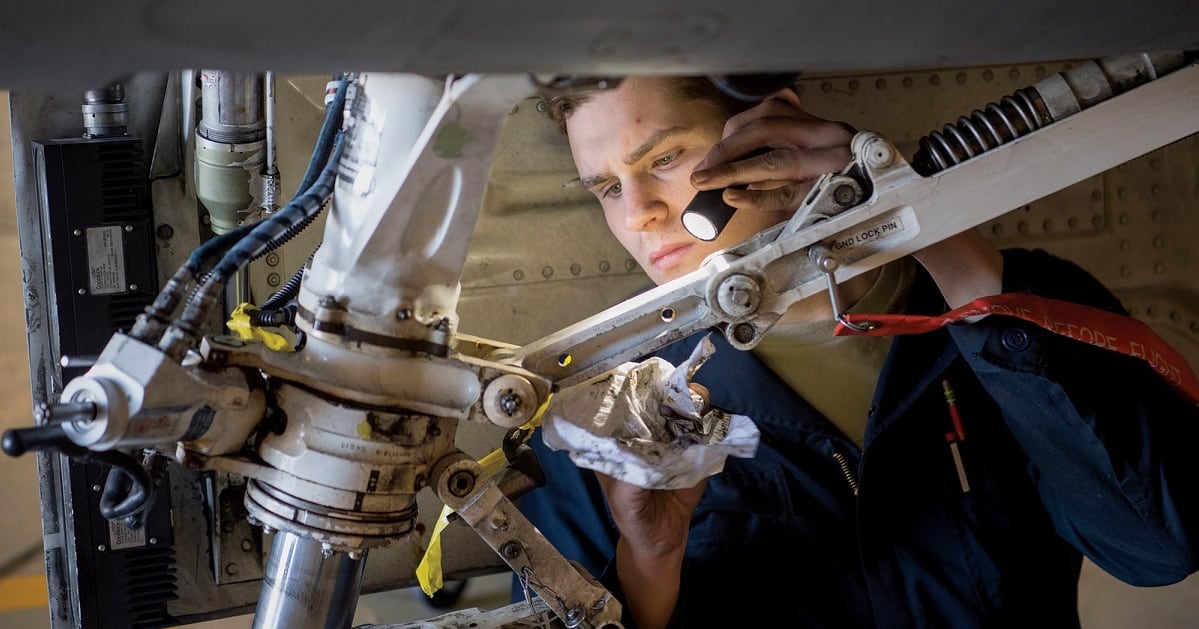
“Overall, these are small numbers when you consider the number of flight hours we execute on an annual basis,” wrote ACC spokeswoman Alexandria Worley in an email. “We will continue to work to identify potential mitigation options to bring these numbers back down to below average.”
Fighter aircraft accounted for 49 percent of all manned Class A and B mishaps in 2019, the Safety Center said — again, partly because the advanced technologies in the fifth-generation F-22 and F-35 aircraft mean more mishaps rise to that level.
Osprey issues
In October 2018, the first month of fiscal 2019, a CV-22B Osprey at Hurlburt Field, Florida, taxied into another Osprey on the ground. The rotor blades and rudder sections of the aircraft were damaged.
The Safety Center said V-22 Ospreys had the highest combined rate of Class A and B mishaps — 64.08 per 100,000 flight hours — largely due to its “Power by Hour” contract with Rolls Royce, which makes the Osprey’s engines and handles those repairs. When an Osprey engine is damaged due to foreign object debris or a bird strike, for example, the Air Force swaps it out for another one, Rauch said. Rolls Royce then goes back and repairs the damaged engine. This elevates the reported cost of repairing that mishap to the Class B level, even if it might only have been a Class C-level repair had it been fixed in a depot.
“That may drive, what might have been a Class C mishap, if the engine replacement value is a Class B cost, then you’re paying that much to get a [replacement, overhauled] engine,” Rauch said.
In terms of Class C mishaps, the B-1 Lancer, F-22 Raptor and V-22 Osprey saw higher mishap rates than the rest of the Air Force’s fleet.
Although the F-16 Fighting Falcon, C-130 Hercules, C-135 variants and F-15 Eagles had the highest number of Class C mishaps, they had lower per-100,000-flying-hour rates because they flew much more frequently.
The Air Force’s most prominent fighters and mobility aircraft — the F-15, F-16, F-22, C-130, C-135 and C-17 — accounted for 63 percent of manned aviation Class C mishaps.
Class D mishaps — mostly arising from accidents on the ground — also declined from 913 to 738.
But a sharp increase in bird strikes helped drive a 58 percent increase in Class E mishaps, from 746 to 1,178. Bird strikes, which increased from 134 in 2018 to 391 in 2019, accounted for 33 percent of all manned Class E mishaps.
Rauch said the Safety Center hasn’t yet found anything in the data that might explain the bird strike increase, such as a spike at one particular location, but will continue studying the incidents.
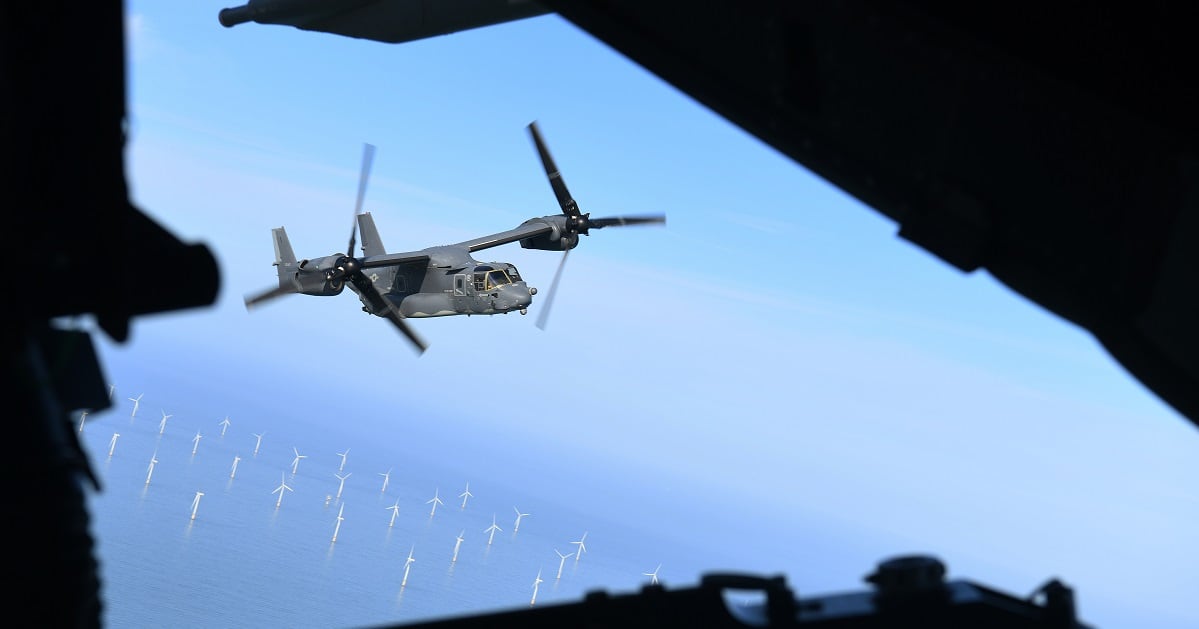
One Class E mishap, which occurred last June 26 and involved an F-15, was categorized as a “Dull Sword” incident. These incidents involve “a nuclear safety or nuclear surety deficiency involving mishaps not falling into the accident or incident categories,” but meeting several other criteria, according to Air Force regulations.
According to the database provided by the Air Force, a pylon on the F-15 was jettisoned and damaged during an operations check on the ground. No one was injured, and the aircraft itself was not damaged. And a nuclear weapon was not involved in this mishap.
But because the pylon in this case was nuclear-certified equipment, Safety Center spokesman Keith Wright said, so it was categorized as a Dull Sword.
“Although the unit was not performing nuclear operations, the equipment is used in both conventional and nuclear operations and therefore still requires reporting for data collection,” Wright said.
The Dull Sword incident involved the 4th Fighter Wing, which is based at Seymour Johnson Air Force Base in North Carolina, though the database did not say specifically where this incident took place.
Stephen Losey is the air warfare reporter for Defense News. He previously covered leadership and personnel issues at Air Force Times, and the Pentagon, special operations and air warfare at Military.com. He has traveled to the Middle East to cover U.S. Air Force operations.
